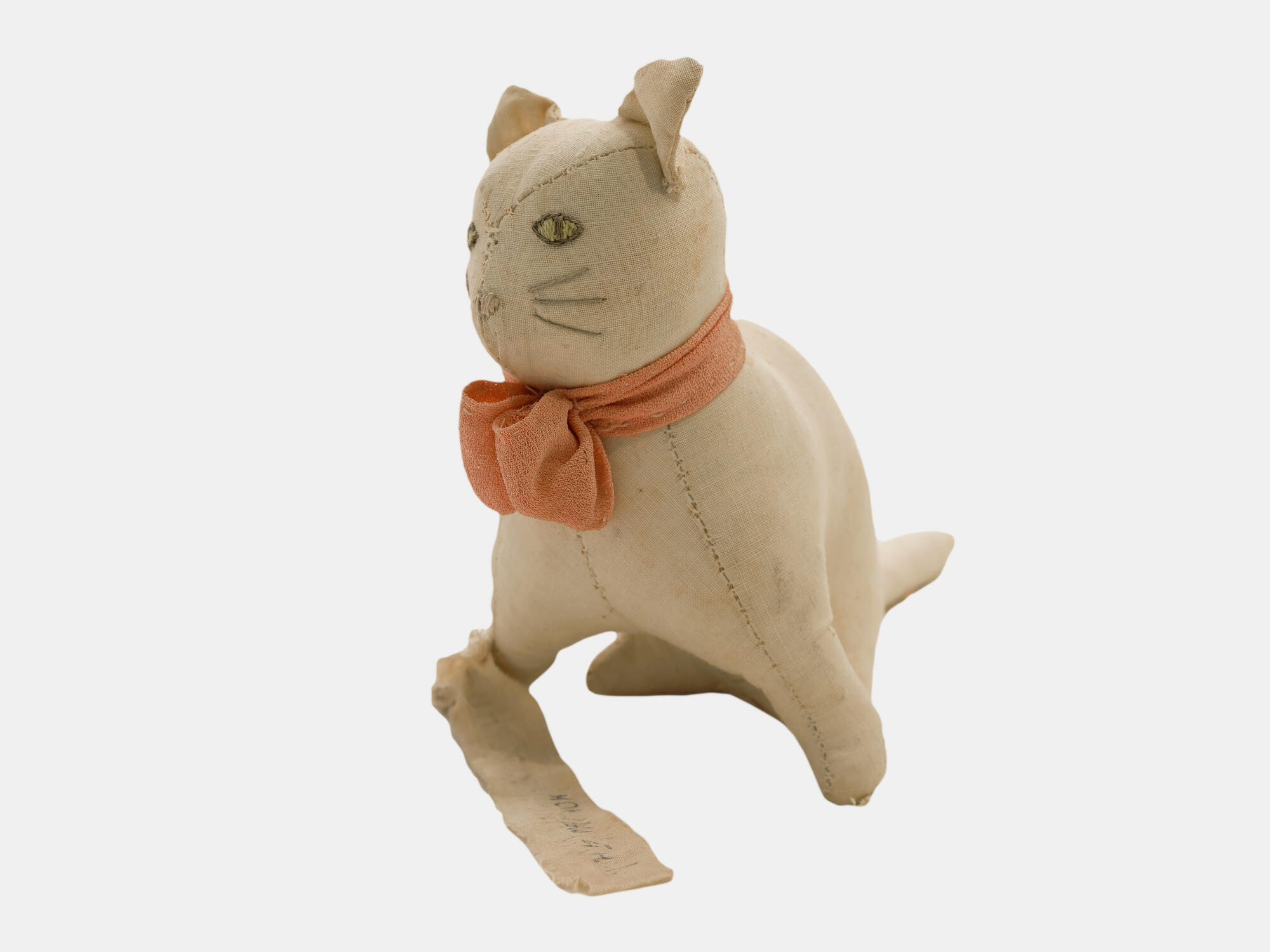It seems quite unusual to see toys at an exhibition dedicated to the Second World War. Indeed, what do they have in common with the prolonged whistling of a falling projectile, the rumble of a bomber whizzing over a sleeping city, explosions, desperate screams, hunger, death?
These toys are witnesses of a great tragedy. At that time, almost 80 years ago, no one thought about the role assigned to them in history. These children’s toys were hand-sewn by the pupils of the orphanage No. 1 — they were boys and girls evacuated to Kostroma from Leningrad that was surrounded by German invaders.
In total, during the war years, over 10,000 little
Leningraders found shelter on the territory of the modern-day Kostroma region.
According to eyewitnesses, even men cried seeing children exhausted by hunger
and diseases. Alexey Vasilenko in his book “War from All Sides” writes,






